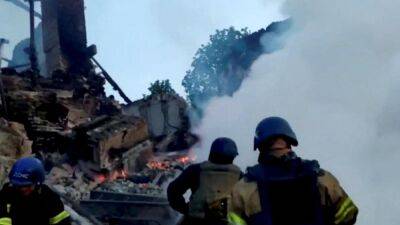The three Fs: why UK farmers fear the soaring cost of fertiliser, feed and fuel
A tall fibreglass tank is under lock and key on Matt Culley’s arable farm in Hampshire. No wonder: the fertiliser contained inside has become an increasingly precious commodity.
The cost of synthetic fertiliser, necessary for growing many crops and grass, began to climb last autumn when the price of gas required to produce it began to rise steeply. The conflict in Ukraine has only exacerbated the situation.
If Culley were to buy enough fertiliser to fill just this 25,000-litre vessel at current prices, it would cost him £21,000. Just a year ago, the same quantity of liquid urea-ammonium nitrate would have set him back £6,000 – a 350% increase.
“We aren’t the most fertile land here,” said Culley, buffeted by a spring downpour as he surveys a field of milling wheat, which will be turned into flour to be used in biscuits.
Planted in late October, the wheat’s green shoots have already grown to a height of around 15cm (six inches) centimetres, and all being well, the crop will be ready for harvest by mid-August.
“We are conventional farmers so we rely on inputs, whether synthetic or organic like manure, to feed the crop to the point where we can justify doing the job.”
British farmers use around 1m tonnes of manufactured nitrogen each year, to grow crops for human consumption, and grass for animals to eat, according to Anthony Hopkins, chief crops adviser at the National Farmers’ Union (NFU).
Yet farmers are facing unprecedented costs for this vital ingredient. Quotes for ammonium nitrate fertiliser prices have risen as high as £1,000 a tonne in recent weeks, compared with £280 a tonne 12 months ago.
Culley and his brother Daniel are the fourth generation to farm these 170 hectares (420 acres) of land near the town of Andover –
Read more on theguardian.com




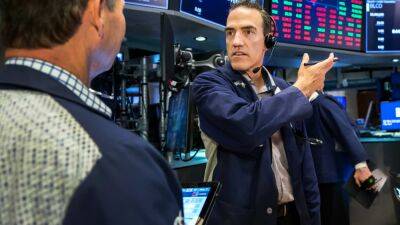
![Bitcoin [BTC] to $0 or $1,000,000? That is the question for the king coin](https://finance-news.co/storage/thumbs_400/img/2022/5/9/24759_w4wtl.jpg)


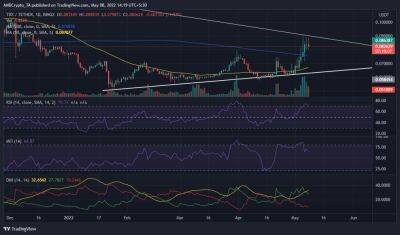
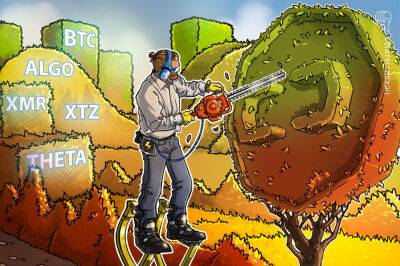


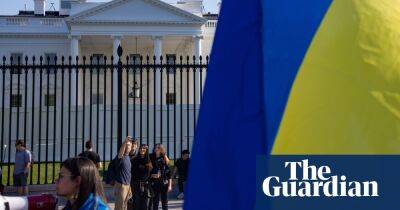

![Terra [LUNA] loses $6 billion in TVL in under two days thanks to this…](https://finance-news.co/storage/thumbs_400/img/2022/5/8/24748_oifc.jpg)
![Litecoin [LTC]: Post MimbleWimble upgrade, will there be ‘lite’ at the end of the tunnel](https://finance-news.co/storage/thumbs_400/img/2022/5/8/24747_eu4.jpg)



